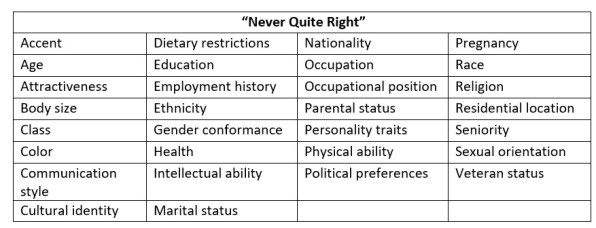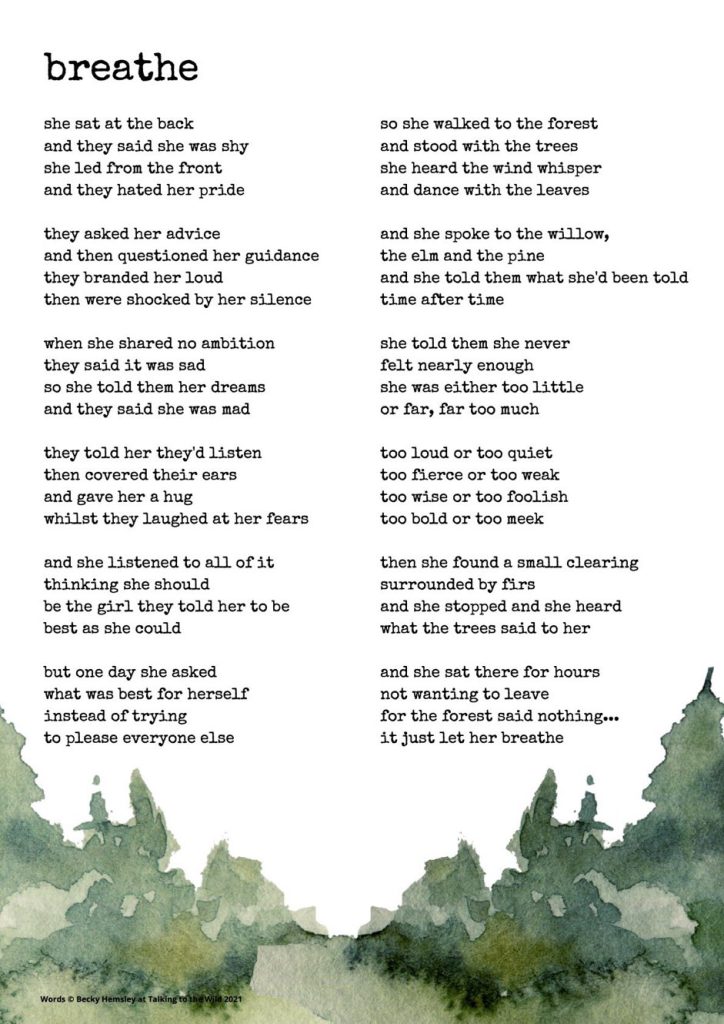Dame Sue Carr has been appointed the Lord Chief Justice of England and Wales from 1 October 2023 Press Release by Courts and Tribunals Judiciary, June 15, 2023
… Dame Sue Carr was called to the Bar in 1987. As a barrister she specialised in general commercial law and took silk in 2003. She became Chair of the Professional Negligence Bar Association in 2007, Chair of the Bar Standards Board Conduct Committee in 2008, and was appointed as the Complaints Commissioner to the International Criminal Court in the Hague in 2011.
Her judicial career began in 2009 in crime, when she became a Recorder. She was appointed to the High Court, Queen’s Bench Division in 2013, and became a nominated Judge of the Commercial Court and the Technology and Construction Court in 2014. In the same year she became a member of the Investigatory Powers Tribunal until 2016. She became a Presider of the Midland Circuit in 2016 until 2020, when she was appointed as a Lady Justice of Appeal. In the same year she was also appointed as the senior Judicial Commissioner and Vice Chair of the Judicial Appointments Commission, a position she held until January 2023.
Dame Sue Carr was educated at Wycombe Abbey School and read law at Trinity College Cambridge.
The appointment
The appointment of the Lord Chief Justice is made by His Majesty The King on the advice of the Prime Minister and the Lord Chancellor following the recommendation of an independent selection panel chaired by Helen Pitcher OBE, Chair of the Judicial Appointments Commission. The other members were Lord Lloyd-Jones of the Supreme Court, Sue Hoyle OBE and Sarah Lee (lay and professional members of the Judicial Appointments Commission), and Lord Justice Edis (Senior Presiding Judge).
This selection exercise was run under the relevant sections of the Constitutional Reform Act 2005 as amended by the Crime and Courts Act 2013. In accordance with section 70 of the Constitutional Reform Act 2005, as amended by the Crime and Courts Act 2013, the panel determined the selection process to be followed and consulted the Lord Chancellor and the First Minister of Wales on the process followed.
In accordance with s.10(3) of the Senior Courts Act 1981 c.54, the selection exercise was open to all applicants who satisfied the judicial-appointment eligibility condition on a 7-year basis, or were judges of the Supreme Court, Court of Appeal, or High Court.
Given the challenges of reducing the outstanding caseloads across jurisdictions and the drive for modernisation across the Courts and Tribunals, candidates were expected to be able to serve for at least 4 years.
Career summary
… In 2016 she was presented with the European Women in Business Law Lifetime Achievement Award.
Lady Justice Carr was elevated to the Court of Appeal in 2020. She was appointed as the Senior Judicial Commissioner and Vice Chair of the Judicial Appointments Commission shortly thereafter, remaining in that role until January 2023. She was a temporary Investigatory Powers Commissioner during the Covid-19 pandemic. She became President of the Professional Negligence Bar Association in 2022.
She was educated at Wycombe Abbey, Buckinghamshire, where she was later a governor for 13 years, and Trinity College, Cambridge, where she read Modern Languages (Part 1) and Law (Part 2). She speaks French and German. She was a keen actress, including with the Bar Theatrical Society, and sportswoman. She remains an active musician, singing with the Bar Choral Society and playing the piano. She is married with three children.

Refer also to:

Do I hear the patriarchy squealing?
When I was a girl, I loved to see McGill University and told my mother I wanted to study there. Oh No, she said, Girls don’t go to university.
I wanted to study physics, but was told in high school that girls are not allowed to study physics. I asked why. Reasonable question, I thought. It made no sense for me not to study physics. I was reprimanded for asking and received no answer.
I grew up hearing mostly things women must not, cannot, are not allowed to do because only such doings are only for men – including owning land (even when women pay the property taxes on said land). No wonder the world is so fucked.
My ex lead lawyer, Murray Klippenstein, told me I was not to speak the truth about judges on my case, or what they said in court or on case management matters. Imagine the insanity of that controlling legal bullshit protecting the patriarchy and status quo. Me, paying for it all, hundreds of thousands of my savings, vanishing fast, and I was ordered not to speak?
Klippenstein tried to make me lie to the public — which I refused to do and was the very best thing I did.
Dear Kids,
You can do anything you set your hearts and minds to – whether girl, boy, trans, gay, bi, asexual, queer, he, she, they, them, we, three spirit or ten, shy (me), tall, short, wide, thin, colourful, pale, funny, serious, with big feet (me) or small, with riches or without, quick, pondering, dreamer, slow simmer on the back burner thinker (me), smart, brilliant, cautious, whatever.
I wish some one had told me that when I was a kid (and protected me from the rapists).
Dear Dame Sue Carr,
Congratulations! Please be courageously honest in your dealings, doings and rulings.
Dear Litigants,
Speak publicly and loudly of the lies and crap you endure from judges and lawyers on your case! You will be most unpopular, and hated by many, but, being nice and quiet and meek and obedient to the system and status quo and patriarchy improves nothing in the world. And the world needs change, much change, fast, especially for women and kids and the earth and other species. Life is about more than just about us and our lives.
Dear Lawyers – notably old white bigoted male drunken misogynists,
Go stuff your arrogant lying bullying selves.
Yours Truly,
J Ernst, Raped and frac’d, “too serious,” criminal crazy lady, terrifying terrorist, furious at the judicial lies and smears vexatious litigant, Rosebud, Alberta, Canada.![]()
Kristen Harrison@SomeLikeItAut:
Fascinating work, thank you! Given that ageism exists across the lifespan for women, is it just a cloak for sexism, a way to explain discrimination at any age without admitting it’s about gender? And how do you tell the difference? (This not a challenge, I’m really interested)
my Diehl, Ph.D.@amydiehl:
When leveraged against women, it is often a cloak for sexism. One way to tell is with the flip-it-to-test-it approach and consider if the same criticism would be said of a man. See here.
A recent study of the 33 biggest multilateral institutions found that of 382 leaders in their history only 47 have been women. And the percentage of women running Fortune 500 companies has only just recently crested a meager 10%. As researchers we wondered why institutions consistently fail to promote women to top jobs. Our recent study of 913 women leaders from four female-dominated industries in the U.S. (higher education, faith-based nonprofits, law, and healthcare) sheds light on this pernicious problem. As we found, there’s always a reason why women are “never quite right” for leadership roles. Women are criticized so often and on so many things that they are acculturated to receiving such disparagement, taking it seriously, and working to make improvements. And any individual woman may take it personally, believing the criticism directed at her to be warranted. But our research reveals that the problem lies elsewhere. Virtually any characteristic can be leveraged against a woman in a discriminatory fashion. Such criticisms often relate to facets of women’s identity in an overt or subtle way, such as race, age, parental status, attractiveness, and physical ability. Effectively, the surface-level critique functions as a “red herring,” distracting from the inherent gender bias driving the encounter. This type of treatment is so common that we have called it “we want what you aren’t” discrimination. More specifically, our research revealed 30 different characteristics and qualities of a woman’s identity that emerged as points of criticism creating barriers to women’s success. The clear message to women is that—whatever they are—they are “never quite right.”

Age was a consistent challenge for women leaders in our study. Some of our respondents reported being considered too young to lead, while others indicated being too old hindered them from advancing. However, being middle-aged didn’t help women’s career prospects either. A physician shared: “I am middle-aged, and men my age are seen as mature leaders and women my age as old.” Parental status—having children or being childless—emerged as another point of criticism. A higher-education leader described how people assume she “can’t take on a bigger role ‘because of the kids,’” which made her feel that she needed “to work extra hard” to show that she could be both a dedicated mother and a leader. On the other hand, a childless physician was expected to “work harder/more, accomplish more” than other female colleagues. Mothers were also bypassed for career opportunities, as happened to a single divorced lawyer who was the mother of preschoolers, “due to a perception by my male bosses that I cannot or should not handle [larger matters].” Likewise, pregnancy was problematic, particularly for lawyers in our study. There was doubt that women would come back to work after maternity leave. Some were no longer given good assignments, while others were forced to quit private practice or work part time. One lawyer described the loss of confidence from bosses:
“Once you are pregnant or trying to have kids, the way management views you deteriorates. The opposite thing happens for male coworkers. I’ve seen it in so many law firms it’s impossible to argue it was just coincidence or based on merit.”
Simply planning on having kids was enough to invoke bias. A woman in higher education reported being denied promotion because she would need maternity leave for hypothetical future children. Women of color were targets of subtle bias. An African American faith-based leader described being “invisible” and regularly “talked over” by white men. A Native American higher-education executive described being misperceived as weak, “when in fact we are practicing ‘respect’ for ourselves and others.” And a Filipina physician described facing role incredulity, as people assumed that she was “a nurse, and not a doctor and a division chief at that.”Even physical ability and health played into the women’s experiences. Physical disabilities led to assumptions of not being capable. One higher-education leader who uses a crutch was questioned by men about the way she walks and has been told “to hide my cane, especially for photographs,” as she said. Regarding health, there were double standards around the way men and women with illnesses were treated. A physician developed ovarian cancer while serving as an officer in the public health service. She explained, “The plan was to discharge me . . . even though men with prostate cancer didn’t have to go through that.” The women leaders in our study were considered too young or too old. They were too short or too tall, too pretty or too unattractive or too heavy. They had too much education or not enough or their degrees were not from the “right” schools. They suffered from disrespect and misperceptions due to race, color, or ethnicity. Whether they had children or were childless, the women were expected to work harder than men to prove their worth. Women were held back from leadership opportunities due to being single, married, or divorced. There was no personality trait sweet spot, as introverted women were not seen as leaders and extraverted women were viewed as aggressive. The effect, then, means women leaders are “never quite right.”Organizations that fail to promote and support women in their top roles miss out on performance gains. Fortunately, there are concrete steps that organizational leaders, allies, and individual women can take to mitigate this “never quite right” bias, aiding women’s workplace advancement.“Flip it to test it”Leaders can be particularly effective in thwarting sexist criticisms toward women. It’s not about changing the behavior of women—who are the recipients of the unfair treatment—but it is about changing the behaviors of those who justify their actions as somehow merited. Many criticisms fail the “flip it to test it” method miserably.
Ask yourself, would the following statements ever be said about a man? He needs to smile more. Men are going to have kids and not want to work. Since Larry has prostate cancer, he can no longer fulfill his job duties.
The clear answer is no. Leaders can infuse awareness of this simple, yet effective, tool to reduce such bias-laden criticisms. And workplace allies can help stop unfair criticism of women by calling it out. Constructive career-enhancing feedback Women are almost one and a half times more likely to receive negative feedback that is subjective rather than constructive and objective feedback. Men are often given a clearer idea of where they excel and opportunities for improvement whereas women are given vague feedback that often focuses on qualities like communication style. Even when using formal performance evaluation rubrics, a disparity remains. Developmental feedback to women focuses on operational tasks, coping with politics, developing resilience, being cooperative, and building confidence. Developmental feedback to men focuses on setting a vision, leveraging power and politics, being assertive, and displaying confidence. Leaders can reduce the gender-biased framing by encouraging all employees to develop both sets of skills. Do not take it personally For individual women, hear us when we say, “It’s not you.” We women are conditioned to accept feedback and internalize it as something to “fix” about ourselves. If you are criticized, consider whether it is objective, constructive, and warranted. Disregard identity-based criticisms that are part of a larger pattern of bias against women. Our research demonstrates that practically any characteristic can be proclaimed problematic for a woman leader to question her competence and suitability for leadership. It takes deliberate effort, but we can turn the message to women from “We want what you aren’t” into “We want what you are.” Doing so will advance women in the workplace and profit the entire organization.Cristina Legido-Quigley@DrLegidoQuigley:
Too young or too old… reminded me of this beautiful poem by @HemsleyBecky

